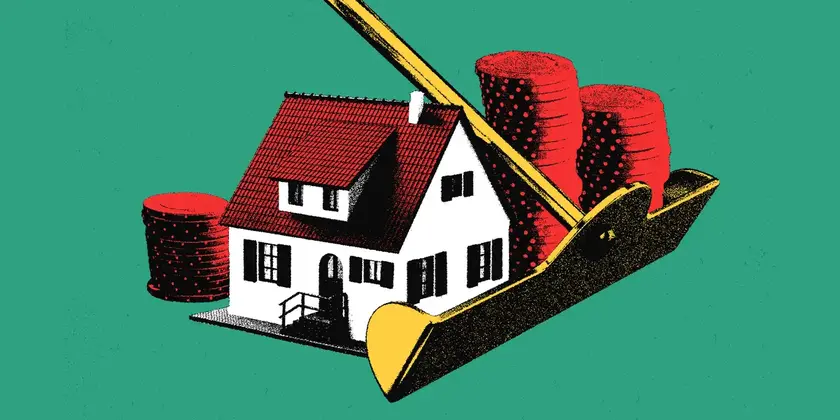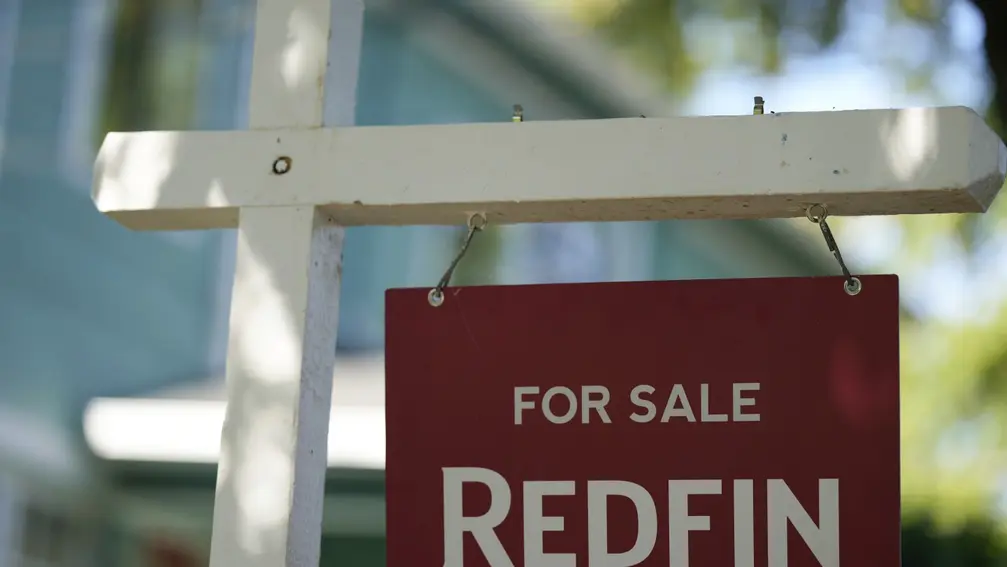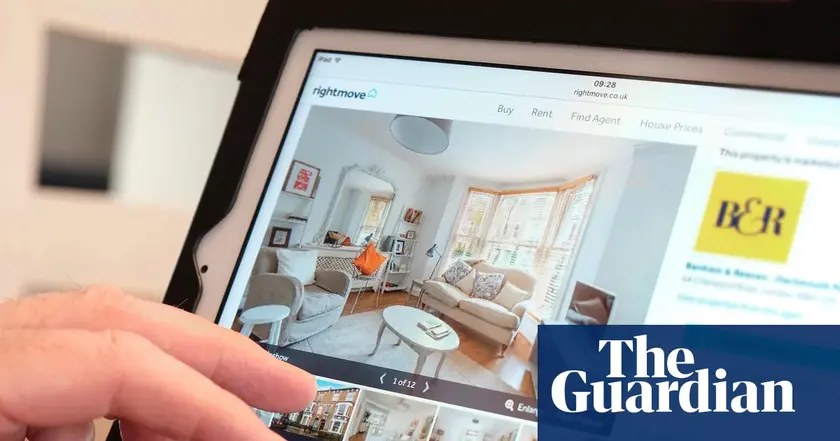T4K3.news
Rate Buydowns Create Hidden Costs for Homebuyers
New buyers who used buydowns may face higher payments as rates reset and selling becomes tougher in a softer market.

Many buyers used rate buydowns to offset high mortgage costs, but the strategy now carries new risks as rates stay elevated and markets cool.
A Failed Bet on Mortgage Rates Is a Warning for America's Homebuyers
The piece follows a Denver area family, Matt Hutton and his wife, who bought in 2019, refinanced during the pandemic, and sold in 2024 for a gain before buying a larger home with a builder funded rate buydown. The incentive lowered their monthly payments, but the payoff depended on rates staying low long enough to refinance or sell at a favorable price. In a market where construction continued and demand cooled, the new house remained pricey and the commute grew longer, prompting second thoughts about the decision. As buyers moved through 2022 and 2023, builders offered large incentives to keep sales moving, including permanent and temporary buydowns. By late 2022, about three-quarters of builders said they offered some form of buydown, and the practice helped keep list prices from falling while in-house lenders controlled terms. At the same time, data showed many buyers still faced elevated rates, with comparisons around 6.5 percent being common when the buydowns faded. The article tallies how incentives can translate into long-term costs for buyers, and how this can complicate resale when the market shifts and new homes flood the market with similar deals.
Key Takeaways
"People are going to start putting those homes back into the market, and I think it's going to be a bit of a shock to them, what they have to reprice at."
Crowded market could force price adjustments as buydowns wear off
"Without something along those lines, the market would've been almost completely frozen in that price range."
Industry observers describing how incentives kept prices from dropping
"I'm hearing more and more stories of buyer's remorse."
Lender emphasizing risk to buyers who used buydowns
"They're tied into this higher price that they're going to be stuck with forever until they sell that home."
Builder's concern about long-term pricing implications
Industry observers describe a market where cheap money was used as a bridge to broader sales, not a true fix in affordability. The buydown strategy masked higher price tags, leaving buyers exposed to a sharp reset when the rate lock ends. In softer markets, sellers and builders may need to lower prices or offer even more incentives, potentially eroding margins and complicating appraisals. The story also highlights a mismatch between buyers’ expectations and the reality of rate resets, a dynamic that could trigger a wave of listings and a reassessment of what constitutes a good deal. Policy makers, lenders, and builders will need to consider transparency around incentives and the long-term risks to homeowners who rely on temporary relief to bridge the gap between today and tomorrow.
Highlights
- Buydowns kept the market moving but masked real costs
- It is a warning that rates stay high and prices may fall
- Buyers bought into a future refinance that may never come
- Next buyers may pay the price when the market re-prices
Financial risk from rate buydowns for homebuyers
Buyers who used rate buydowns may face higher payments when rates reset, potential negative equity, and difficulties selling in a softer market. The practice could also affect builder profits and future pricing dynamics, contributing to market volatility and public concern about housing affordability.
The market will test whether incentives create sustainable demand or merely delay a reckoning.
Enjoyed this? Let your friends know!
Related News

Average mortgage rates drop to 6.63%

Stocks fall as inflation pressures weigh on the economy

Car finance ruling reshapes redress path for consumers

Breakout RBs Set for 2025 Fantasy Season

Call of Duty Season 5 Goes Live Tomorrow

Hitman World of Assassination gains hidden performance mode on Switch 2

Rics reports steep fall in new rental listings

Reality makeover show leaves families in debt and distress
